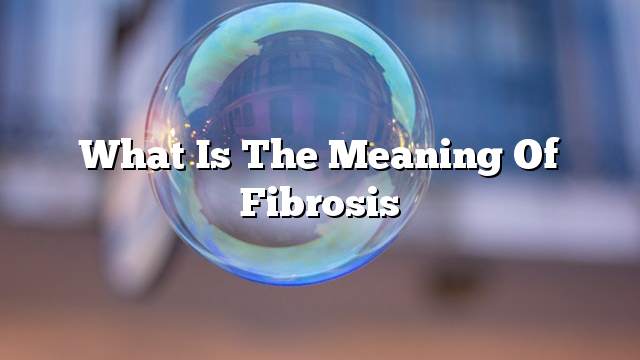It is a form of a benign tumor inside the uterus or outside the uterus or in the cervix affects the smooth uterus muscles, the size of which is small and from which it is large and may require a woman infected by surgery to be eradicated or hysterectomy in the case of a large tumor and characterized by rapid growth.
The chances of such polyps increase with the female hormone estrogen, and the chance of occurrence after the age of thirty-five gradually decreases with menopause and low female hormone in women.
This type of fibrosis requires a large amount of arteriosclerosis, which often causes anemia or severe bleeding.
In some cases, the patient may not feel any symptoms, especially if the size of fibrosis small and discovered by chance when you see a doctor, but if the tumor became large and in advanced cases may have symptoms, including:
- Inflammation of abdominal size.
- Pressure on the abdomen, bladder, ureter and urinary tract may cause pain in the abdomen and pelvis.
- Bleeding and increase in menstrual bleeding.
- Feeling heavy on the abdomen and body in general.
- If pregnancy occurs during the presence of fibrosis may cause premature birth or miscarriage.
- Blood drop tends to black color in large quantities.
- The desire to urinate permanently.
- The incidence of intestinal and gastrointestinal malformations may cause constipation and difficulty of output.
Methods of treatment of uterine fibrosis
- There are some drugs and medical drugs that are prescribed for the treatment of uterine fibrosis, especially if it is small and in its beginnings, but its long-term and long-term consumption may cause fatigue, exhaustion and ovulation of the vagina and increased absorption of minerals and vitamins from the body, leading to women’s iron deficiency, osteoporosis, mood alteration, .
- Hormone therapy and its treatment period need long duration and stopping it may cause the growth of other fibrous fibers.
- Surgery The surgery is performed according to the type and size of the tumor. Some of these are not localized, including the removal of the uterus completely through surgery.
- The catheter is inserted into a thin tube that connects to the arteries that supply the uterine fibrosis and is intercalated by injecting them with small medical pills that lead to the interruption of perfusion and arterial embolism, which is known as arterial embolism.
Catheterization is a high success rate and is the best alternative option to prevent hysterectomy, but it can lead to poor ovulation and low chance of pregnancy.
Causes of uterine fibrosis :
- The cause may be genetically
- The body is affected by the hormone estrogen increase the incidence of fibrosis with the rise of the hormone femininity.
- Over-smoking and drinking alcohol.
- The presence of vessels in the wall of the uterus is called abnormal or abnormal veins.
- Never pregnancy.
- High blood pressure cases.
Methods of diagnosis of uterine fibrosis :
- Mostly by examining sonar and internal examination of women, and most of them learned about the patient by chance.
- The best diagnosis is the use of ultrasound, as it gives accurate results.
- Laparoscopy This method requires high accuracy.
- The use of chromosome rays for difficult cases.
Prevention methods to prevent fibrosis in the uterus :
